Spiti Valley, Himachal Pradesh, India
It is impossible to take an interest in Tibetan Buddhism without lamenting the great loss of freedom and culture experienced at the hands of communist China. For those wishing to see the spirit of Tibet up close, it is best to leave the country altogether and head instead to northern India. The cultural sphere of Tibet far outstrips its borders and Spiti Valley in particular maintains an extraordinarily rare example of Tibetan Buddhism, practiced uninterrupted for centuries.
Aided by its partial isolation in the main chain of the Himalayas and an Indian government’s reluctance to allow foreign tourism so close to such an important national border, Spiti Valley has continued to exist largely how it has always done. Monasteries strung along the valley are the focal point for the villagers and festivals provide relief from the long days in the fields.
Key monastery stands at the western edge of Spiti and as the largest in the valley it wields enormous sway over its neighbouring villages. Close to 200 monks reside in its sprawling complex of temples, schools, offices and homes. They will spend their whole lives here, striving to epitomise the teachings of the buddha. Spiti has in recent years been entering the sway of the modern world, the first tarmac roads are being laid and new mobile phone towers are dotting the landscape. The monks are not immune, why should they be? Buddhism has long been keen to absorb the useful parts of modernity. Alongside mobiles and scooters you can hear the cricket being played on the radio from a dormitory up high.
One way the community maintain their traditional culture is through the many festivals that cover the calendar. I was lucky enough to be in Spiti for the Cham festival, one of the biggest in the valley. The lamas take on the roles of demons and deities, performing a variety of dances to ward off evil spirits. The dances themselves focus more on subtle hand gestures, meditative chants and the summoning of deities rather than elaborate movements. For the onlookers, it serves as a lesson in history, with dances acting out famous Tibetan fables and costumes depicting legendary characters.
The Tibetan Government is still in exile and still waiting for its chance to restore and modernise its culture in its own lands. Until that day comes, valleys like Spiti will continue to preserve the customs and heritage that make Tibetan Buddhism so distinctive.

The Spiti Valley has a cold mountain desert environment. The Monsoon rains are prevented from coming by the main Himalayan chain to the east.

Monks prepare for their upcoming exams. Debating philosophical subjects forms a major part of their schooling.

Worshipers prostrate on the grounds of Key Monastery.
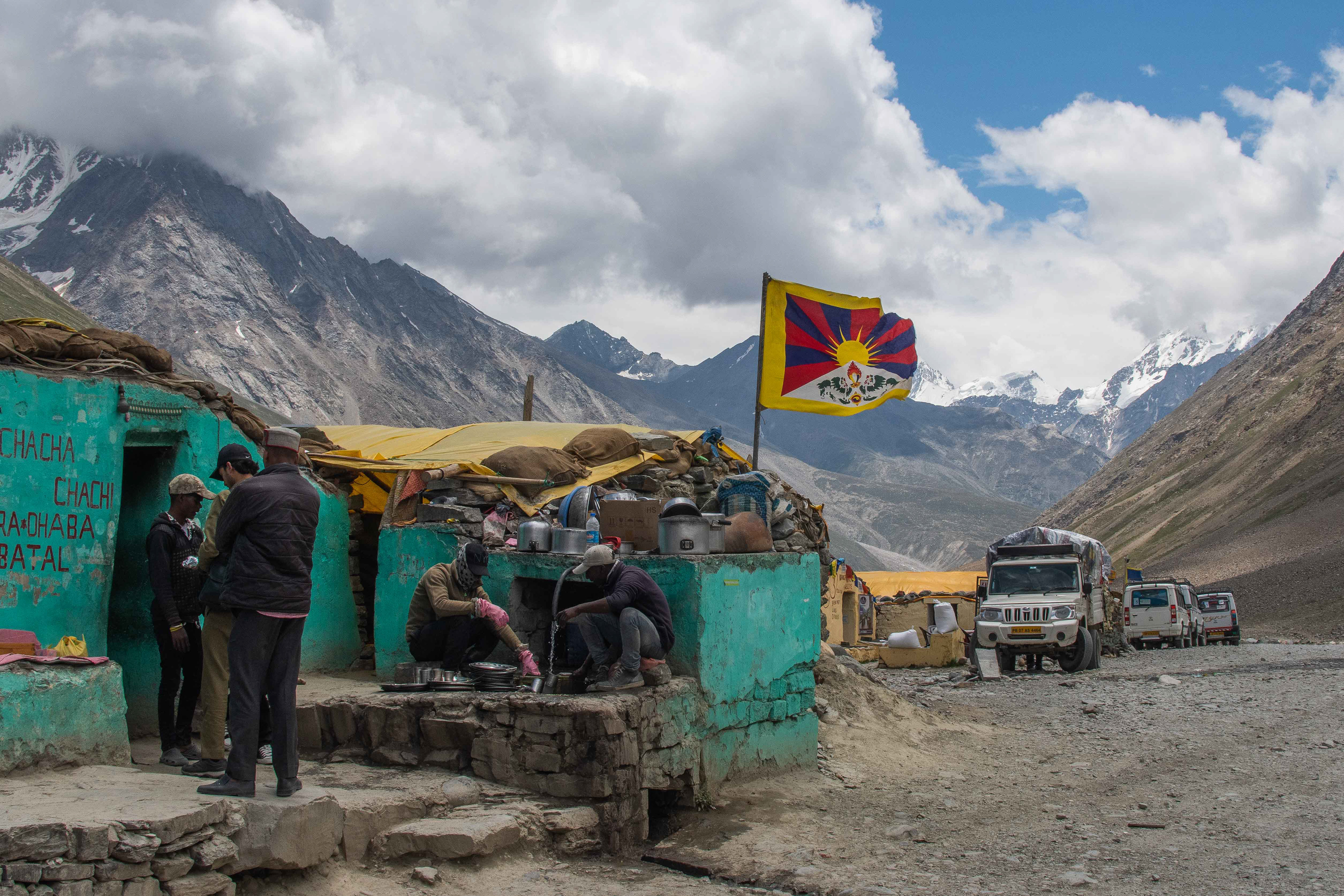
Entering the valley sees you leave the vast areas of Hindu India behind, with Tibetan Buddhism taking precedence.
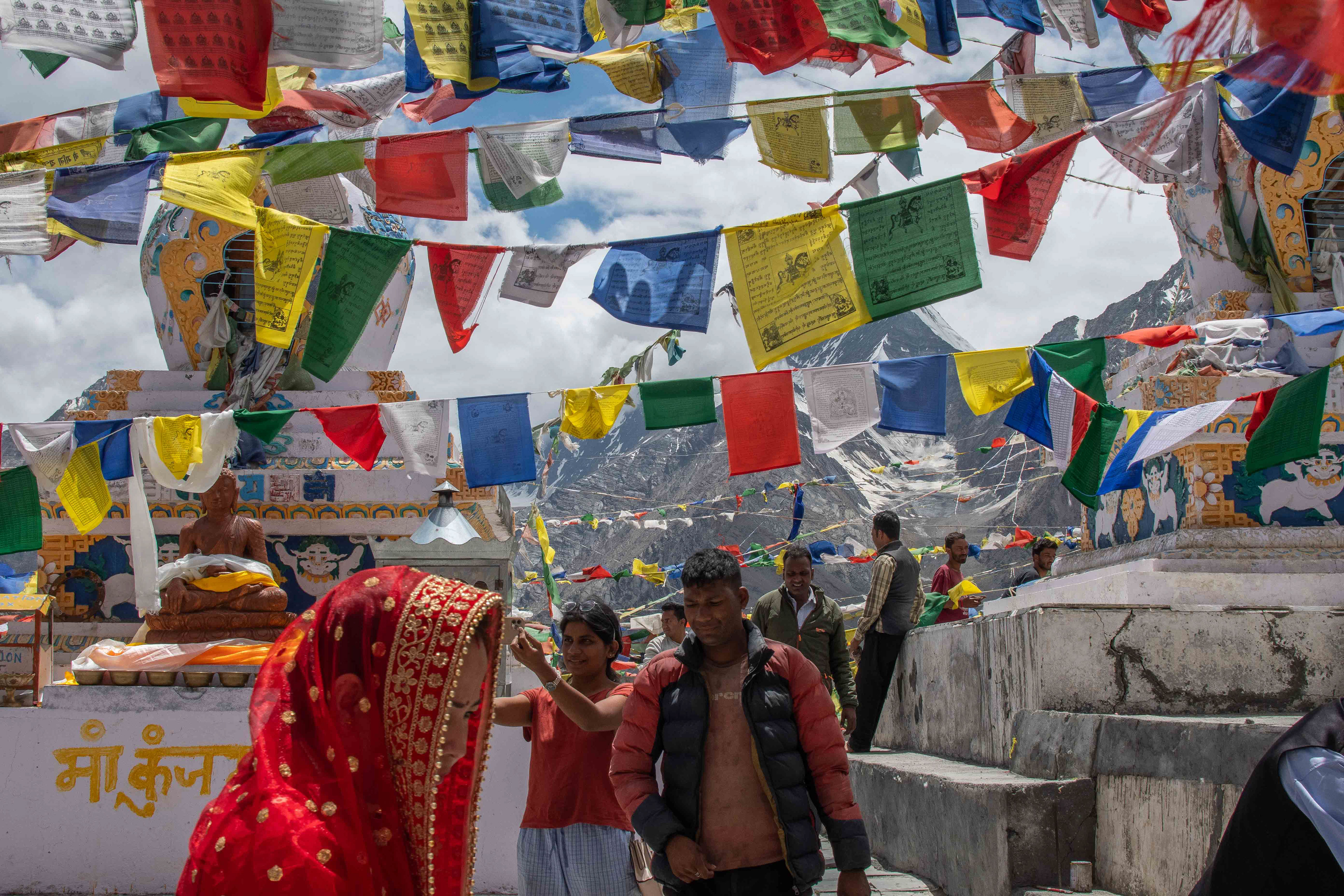
Prayer flags are unique to the tantric sects of Buddhism. When the flags move in the wind the prayers written on them are released.
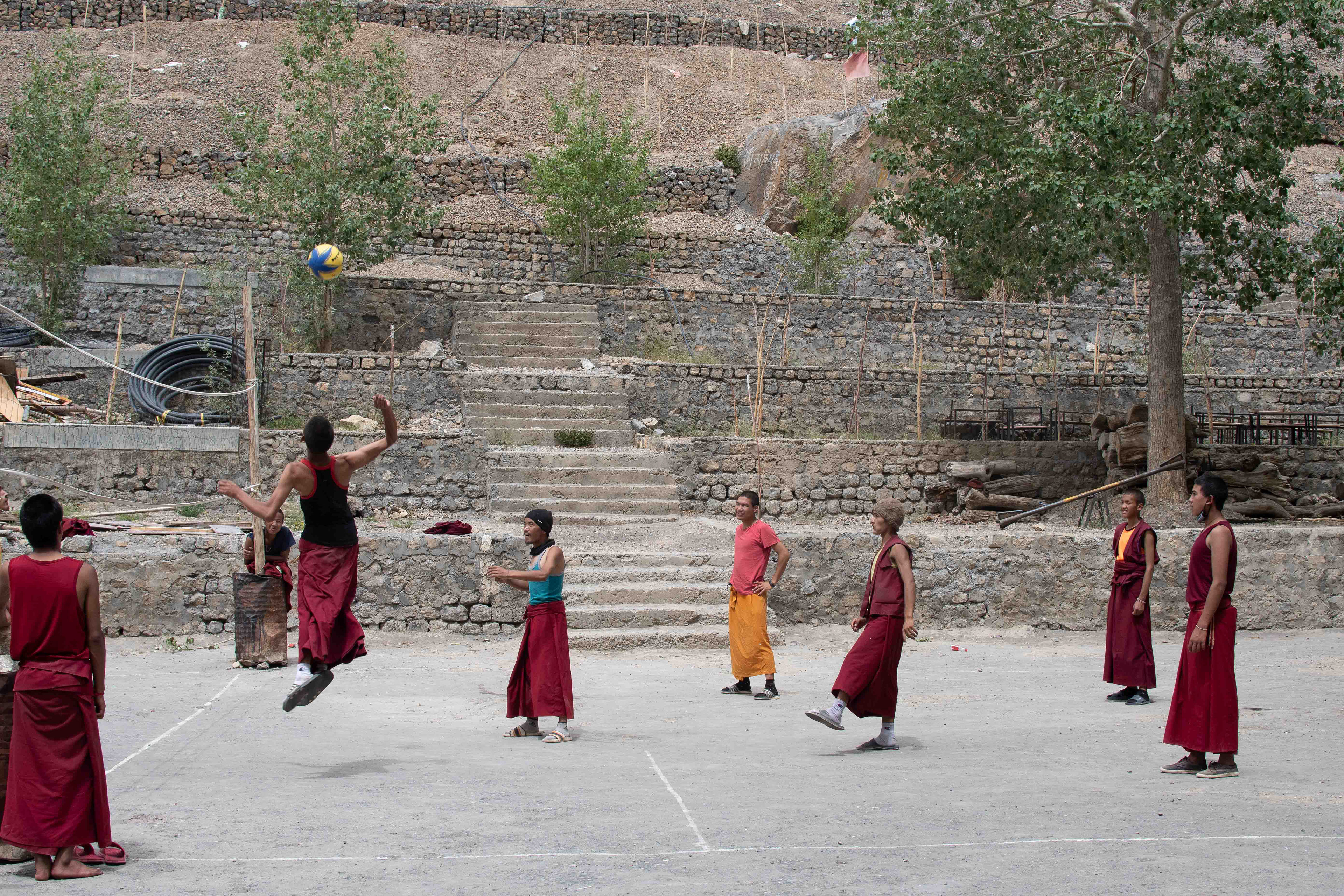
The younger monks of Key Monastery take their extra curricular activities very seriously. Volleyball and Cricket being particular favourites.
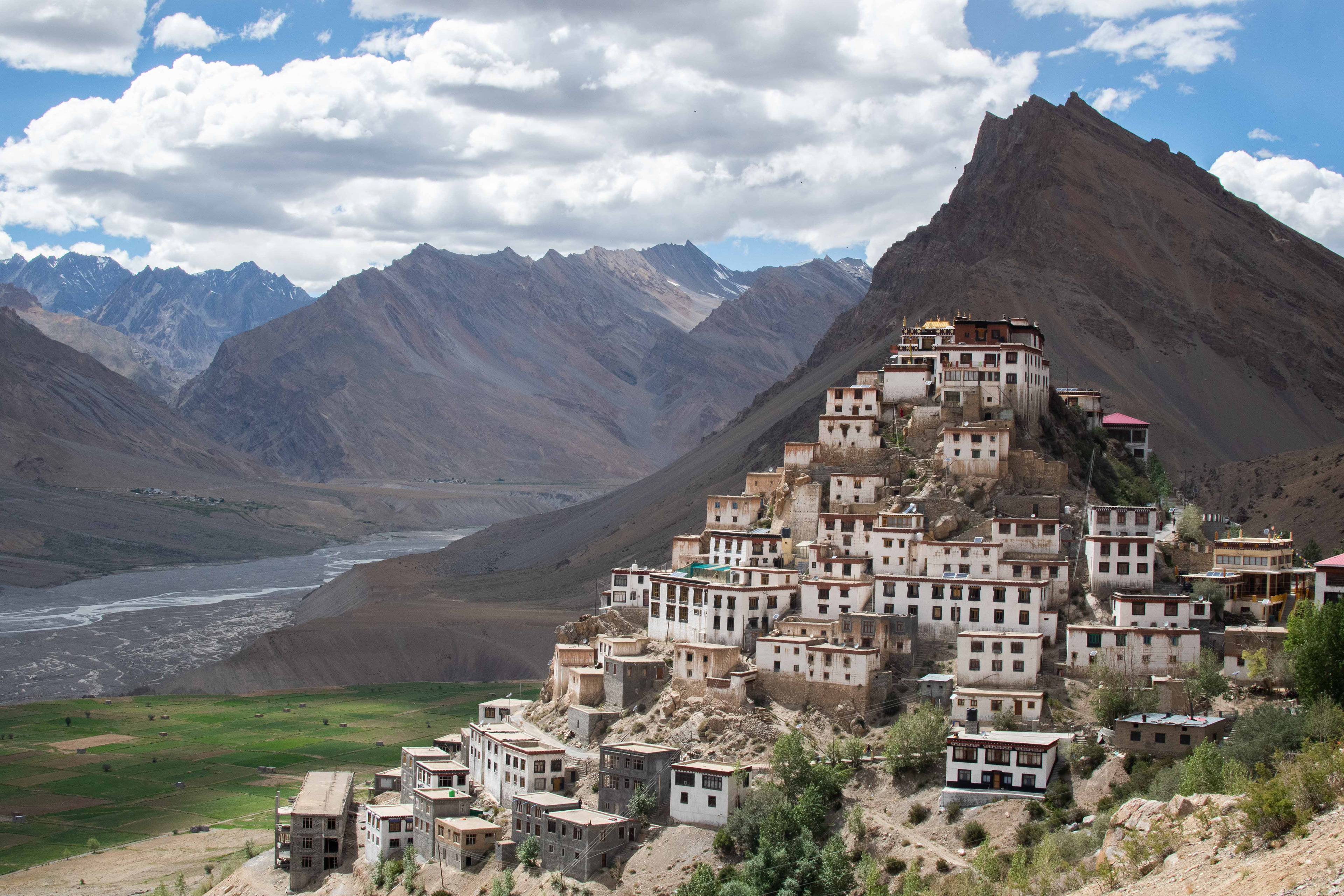
The imposing Key Monastery. The main temple, situated on the summit creates the focal point for the community.

Rehearsals for the ever popular Cham festival.

Ceremonial instruments are brought out to keep time and aid the dancers in there movemements.
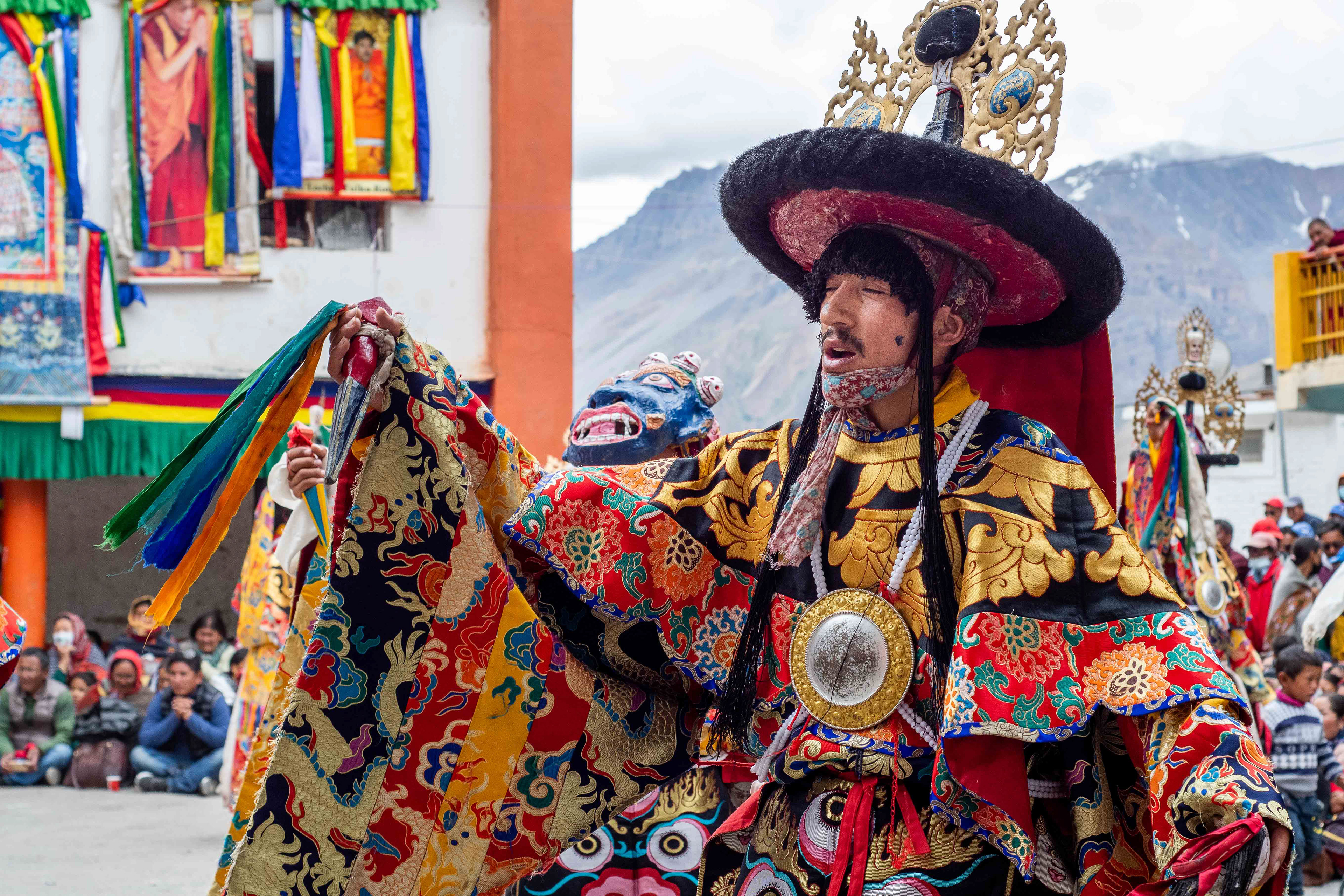
The Cham dance helps to ward off evil spirits. Cleansing the villages and purifying all who watch.

Onlookers await the Monastery Abbot and Rinpoche who will lead proceedings.
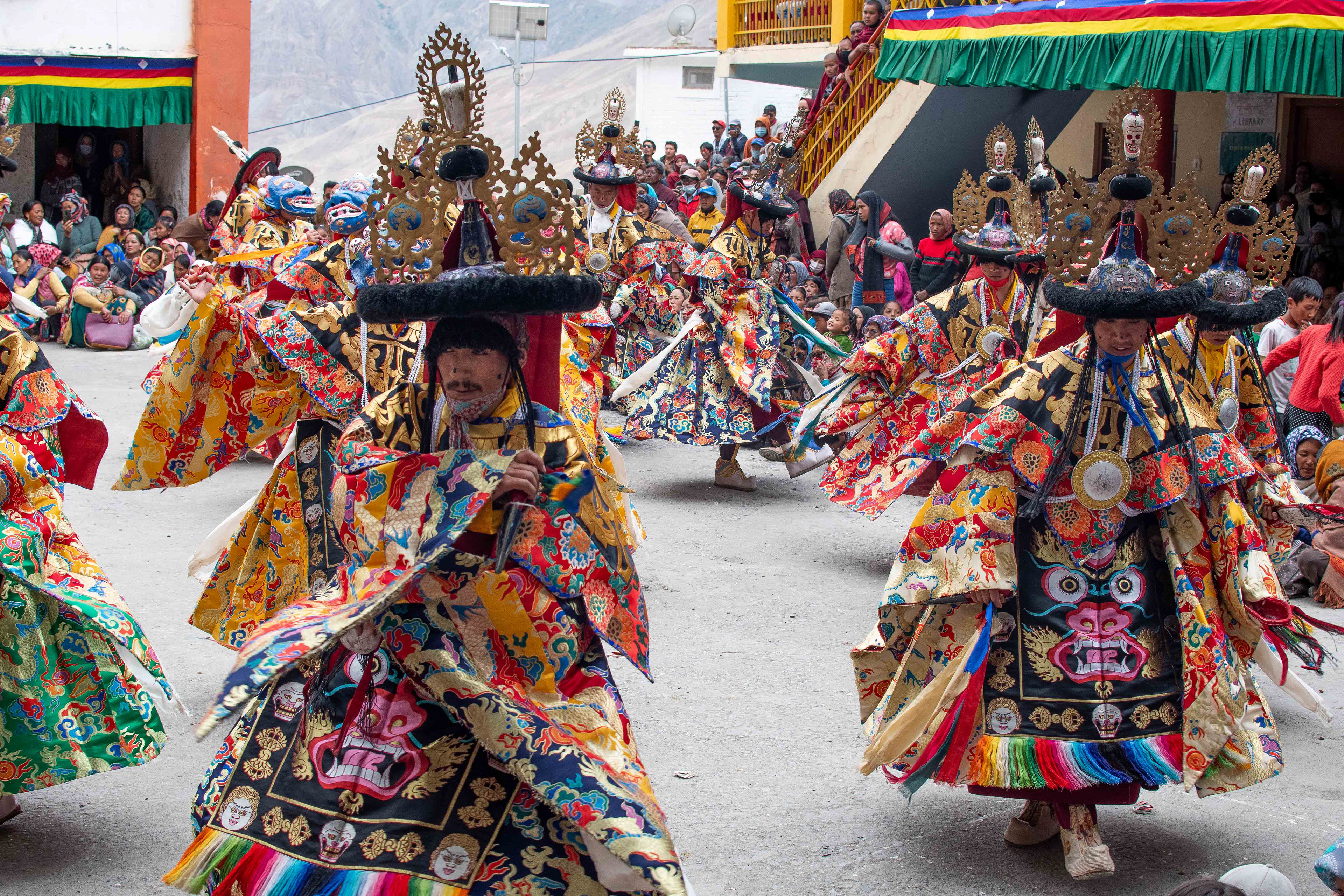
The Lamas invoke the local deities and assume their spirit throughout the dance.
